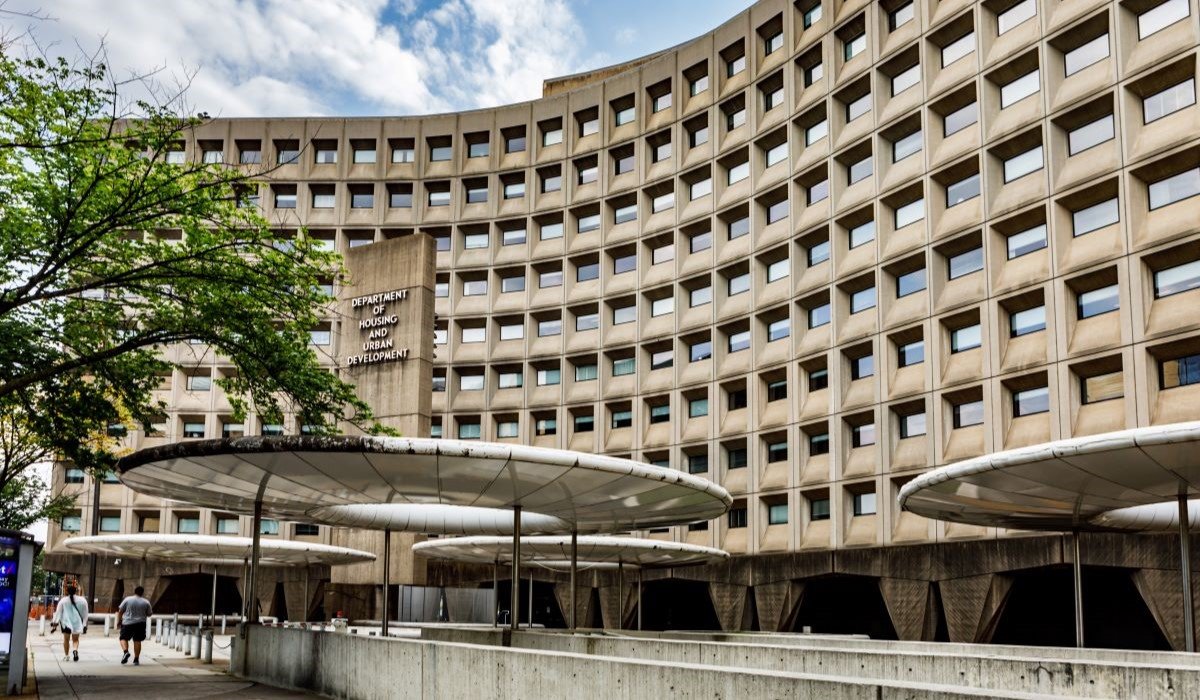“A national secondary market for construction financing could allow lenders, like state housing finance agencies and banks, to provide the investment capital needed to get multifamily housing projects built and keys in families’ hands.”
This is the conclusion of a new report published by the Center for Public Enterprise, a nonprofit organization that promotes the expansion of public sector projects.
Such lenders, the report states, could underwrite mezzanine construction loans under the assumption that a national housing construction fund would have the ability to buy these loans on the secondary market. This could make the overall cost to entry — which is already low — more digestible.
“The size of the investments needed to get typical multifamily housing projects moving is small: mezzanine loans covering less than 20% of project costs could bring average costs of capital down significantly, allowing shovels to get into the ground,” the report reads.
Due to the well-documented issues facing housing supply across the U.S., and coupled with high home prices and persistently high interest rates, multifamily housing starts have slowed despite low vacancy rates nationwide. But when demand comes back, new housing that “should have been built has not been, starting another price cycle,” the report explained.
Establishing a national housing construction fund has the potential to reduce burdens on builders and lenders caused by higher rates. It could also potentially create “an economic environment where housing production achieves a degree of insulation from the business cycle factors that are not indicative of housing demand,” the report said. This could lead to a situation where housing production becomes “smoother and more stable across time.”
Since policy proposals tailored to the needs of housing construction haven’t materialized to any meaningful degree, stakeholders are reliant on monetary policy — a “broadsword, not a scalpel” when it comes to the interests of the housing industry. Price pressures are addressed primarily by making it more difficult to conduct business operations as opposed to addressing the root issues specific to a particular industry.
“If monetary policy is successful in reducing demand — often by inducing a recession — then eventually, interest rates normalize and, theoretically, demand comes back,” the report states. “And herein lies the problem: housing stock, particularly multifamily housing, takes time to build — far more time than it takes to produce most other goods and services Americans use on a daily basis.
“When the economy comes back, the new units which should have been available for a resurgent consumer market are not available because construction did not occur during the trough of the cycle.”
These actions also serve to teach builders that should there be a monetary policy instrument used to impact the economy, it will also likely be bad for them, leading to a pullback in construction activity in preparation for a policy change. This necessitates federal tools that can help to more precisely alleviate these burdens on housing construction, the report suggests.
“National housing researchers, including Freddie Mac, estimate that the housing supply shortfall across the country is between 1 million and 5 million homes. There are many policy levers that must be pulled to get there,” the report reads.
“A financing lever with the ability to partially insulate housing investment from the volatility of the business cycle has been, until now, a missing piece among the array of tools and interventions. We hope that a housing construction fund, as outlined here, can fill that gap.”












 English (US) ·
English (US) ·